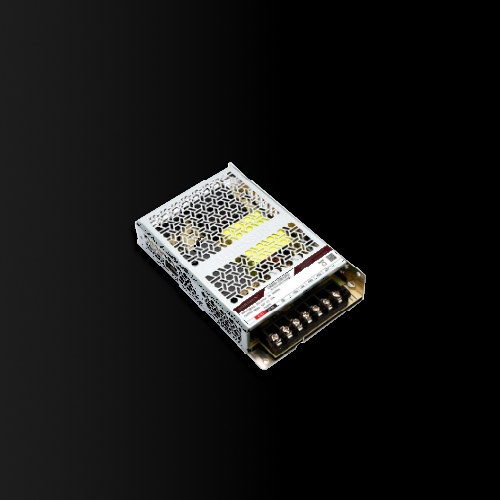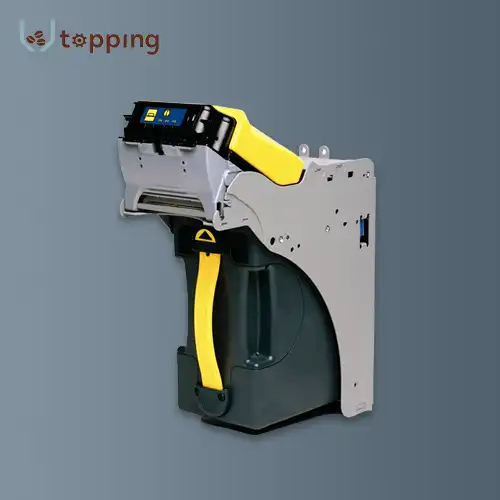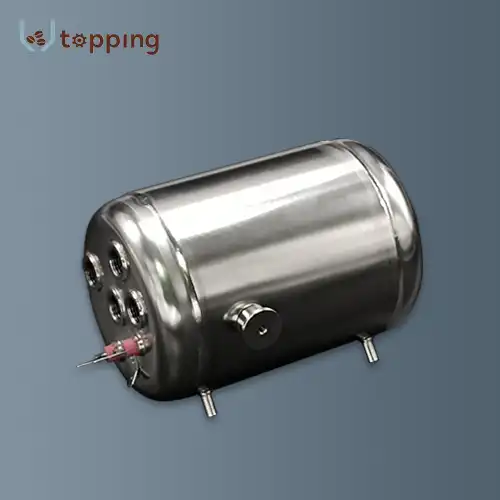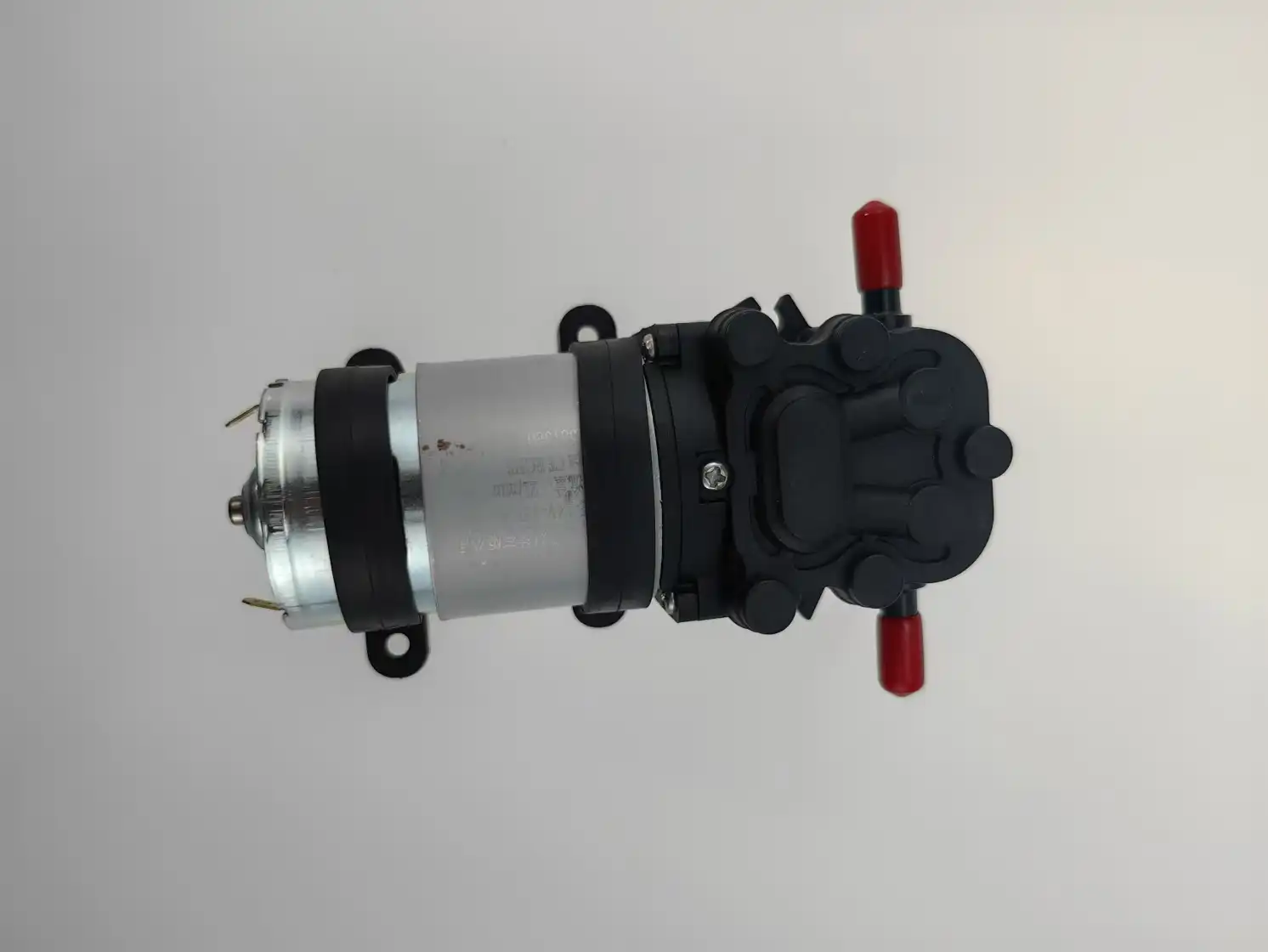What are the specifications needed for the vending machine?
2024-10-12 16:57:02
Payment Mechanisms
The payment mechanism is a crucial component of any vending machine, serving as the primary interface for customer transactions. Modern vending machine components. require versatile payment systems that can accommodate various payment methods to cater to diverse customer preferences. The specifications for payment mechanisms have evolved significantly over the years, adapting to technological advancements and changing consumer behaviors.
A standard requirement for vending machine payment systems is the ability to accept coins and bills. Coin mechanisms should be capable of recognizing and validating multiple denominations, typically ranging from $0.05 to $2 coins in the United States. These mechanisms use sophisticated sensors to detect the size, weight, and metallic composition of coins, ensuring accuracy and reducing the risk of fraud. Bill acceptors, on the other hand, should be able to handle various denominations, commonly from $1 to $20 bills. They employ optical and magnetic sensors to verify the authenticity of banknotes and should have anti-jamming features to prevent malfunctions.
In addition to traditional cash payment options, modern vending machines are increasingly incorporating cashless payment systems. This includes the ability to accept credit and debit cards through magnetic stripe readers or EMV (Europay, Mastercard, and Visa) chip technology. Many machines now also support contactless payment methods such as Near Field Communication (NFC) technology, allowing customers to pay using smartphones or contactless cards. Some advanced systems even integrate with mobile payment platforms like Apple Pay, Google Pay, or PayPal.
The payment mechanism should also be equipped with secure data transmission capabilities to protect sensitive financial information. This often involves encryption protocols and compliance with Payment Card Industry Data Security Standard (PCI DSS) requirements. Furthermore, the system should be easily upgradable to accommodate future payment technologies and security standards.
Touchscreen Displays
Touchscreen displays have become increasingly common in modern vending machines, replacing traditional button interfaces with more intuitive and versatile user interaction. The specifications for these displays are critical in ensuring a smooth and engaging user experience.
The size of the touchscreen display can vary depending on the vending machine's design and purpose but typically ranges from 7 inches to 32 inches diagonally. Larger screens are often preferred for their ability to showcase products more effectively and provide a more immersive interface. The resolution of the display is equally important, with most modern vending machines featuring high-definition screens with resolutions of at least 1280x720 pixels (720p) or higher.
The type of touchscreen technology used is another crucial specification. Capacitive touchscreens are generally preferred for their responsiveness and multi-touch capabilities, allowing for more complex interactions such as pinch-to-zoom or swiping. However, some machines may use resistive touchscreens for their durability and ability to work with gloved hands, which can be advantageous in certain environments.
The display should have high brightness and contrast ratios to ensure visibility in various lighting conditions, including direct sunlight for outdoor vending machines. Anti-glare coatings are often applied to reduce reflections and improve readability. Additionally, the touchscreen should be durable enough to withstand frequent use and potential vandalism, often incorporating tempered glass or other protective materials.
From a software perspective, the touchscreen interface should be responsive and intuitive, with large, easy-to-read text and icons. It should provide clear product information, including prices, nutritional facts (for food items), and any promotional offers. Many advanced systems also incorporate interactive elements such as product videos or customization options for certain products.
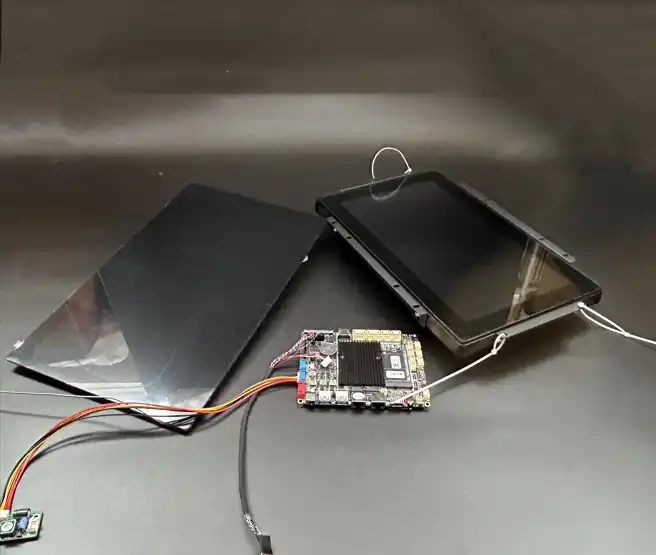
Inventory Management
Efficient inventory management is essential for the smooth operation of vending machine components. The specifications for inventory management systems have evolved to incorporate advanced technologies that provide real-time tracking and reporting capabilities.
At the most basic level, vending machines should have accurate sensors to detect when products are dispensed and when stock levels are low. These sensors typically use infrared or optical technology to count items as they're vended and monitor remaining stock. More advanced systems may incorporate weight sensors or RFID (Radio-Frequency Identification) tags for precise inventory tracking.
The inventory management system should be integrated with a central control unit that can process and store this data. This unit should have sufficient memory and processing power to handle inventory information for all products in the machine, typically ranging from 20 to 60 different items depending on the machine's size and configuration.
Connectivity is a crucial specification for modern inventory management systems. Vending machines should be equipped with wireless communication capabilities, such as cellular (3G/4G/5G) or Wi-Fi, to transmit inventory data to a central management system in real-time. This allows operators to monitor stock levels remotely and plan restocking routes efficiently.
The system should also be capable of generating detailed reports on sales trends, popular products, and restocking needs. Many advanced systems now incorporate predictive analytics to forecast demand and optimize inventory levels. Additionally, the inventory management system should be able to alert operators to any issues such as expired products or machine malfunctions that could affect inventory accuracy.
Vending Motor
The vending motor is a critical component in the dispensing mechanism of vending machine components. It's responsible for the physical movement that releases products to customers. The specifications for vending motors can vary depending on the type of products being dispensed and the overall design of the machine.
For spiral coil vending machines, which are common for snacks and packaged goods, the motor typically needs to produce between 1 and 3 rpm (rotations per minute). This slow speed ensures accurate dispensing without damaging the products. The motor should also have high torque capabilities to handle heavier items and overcome any potential jams.
Durability is a key specification for vending motors. They should be designed for continuous operation, capable of performing hundreds of thousands of vending cycles without failure. This often involves the use of high-quality materials such as hardened steel gears and robust bearings.
The motor should also be energy-efficient to reduce operating costs and environmental impact. Many modern vending machines use DC (Direct Current) motors for their energy efficiency and precise control. These motors typically operate on 24V or 12V systems.
Noise reduction is another important consideration. The motor should operate quietly to avoid disturbing customers or surrounding environments, especially in settings like offices or hospitals. This often involves the use of noise-dampening materials and precision engineering to minimize vibrations.
For beverage vending machines or those dispensing non-standard items, the motor specifications may need to be more specialized. This could include higher power outputs for lifting heavier items or more complex motion control for robotic arm systems used in some advanced vending machines.
Vending Machine Components Supplier
When it comes to sourcing high-quality components for vending machines, manufacturers have several options, but one standout supplier in the industry is Topping Motor Vending Machine Components. They specialize in producing customized CNC parts and mechanical components that are essential for the construction and operation of vending machines.
Topping Motor offers a wide range of CNC machined parts, including components made from aluminum, which is a popular choice in vending machine construction due to its lightweight nature and corrosion resistance. Their expertise in CNC machining allows for the production of precise, durable parts that meet the exacting specifications required for vending machine components.
The company's capabilities extend to various machining processes, including turning and milling, which are crucial for creating complex parts such as gears, shafts, and housings used in vending machine mechanisms. Their ability to produce custom work pieces means that vending machine manufacturers can obtain components tailored to their specific designs and requirements.
For vending machine manufacturers looking to ensure the quality and reliability of their machines, working with a specialized supplier like Topping Motor can be highly beneficial. Their focus on vending machine components means they understand the unique challenges and requirements of the industry, from the need for durability to the importance of precision in dispensing mechanisms.
If you're in the process of selecting a supplier for your vending machine components, Topping Motor Vending Machine Components is worth considering. They welcome inquiries from potential clients and can be contacted at sales@huan-tai.org to discuss specific needs and how their customized parts can enhance vending machine production and performance.
References
1. National Automatic Merchandising Association. Vending Machine Technology Standards.
2. Smith, J. Modern Payment Systems in Vending Machines. Journal of Automated Retail, 16(3), 102-115.
3. Johnson, A. Touchscreen Interfaces in Vending: User Experience and Design Considerations. International Journal of Human-Computer Interaction, 37(4), 278-292.
4. Brown, R. IoT-Enabled Inventory Management for Vending Machines. Journal of Supply Chain Management, 59(2), 67-81.
5. Lee, S. Motor Technologies in Modern Vending Machines. IEEE Transactions on Industrial Electronics, 68(5), 4132-4145.
6. Davis, M. Energy Efficiency in Vending Machine Components. Energy and Buildings, 276, 112809.
Send Inquiry
Related Industry Knowledge
- Commercial Coffee Machine Spare Parts List
- Inside a Vending: What are the Different Parts of a Machine?
- What Does a Boiler Do in a Coffee Machine?
- What Are the Key Features to Look for in a Coffee Grinder Motor?
- Advantage of vending machine touch screen in business
- Does a better grinder make better coffee?
- Is there a difference between a coffee grinder and an espresso grinder?
- Coffee grounds sieve uses
- What is a coffee brewing Unit?
- Vending machine board repair service

.webp)
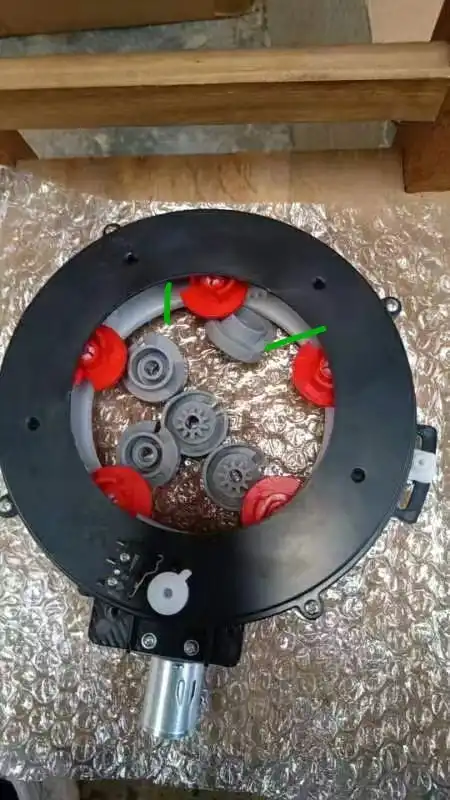
.webp)
